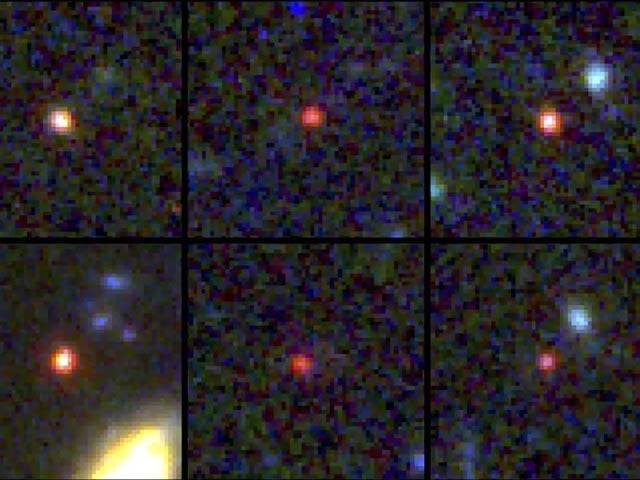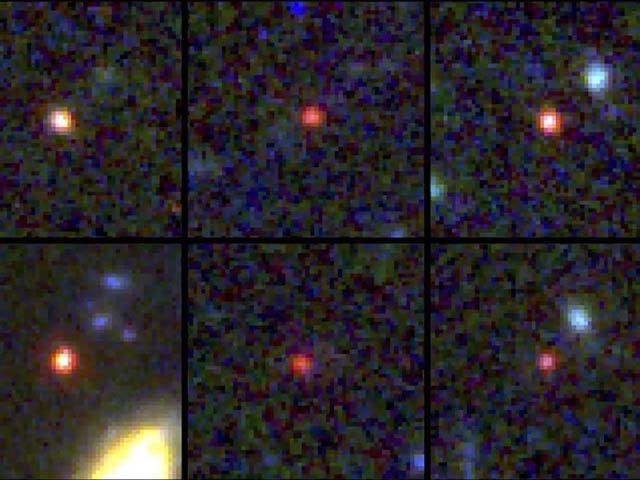
Galaxies formed 50 to 70 million years after the Big Bang from the James Webb Space Telescope have challenged our prevailing views. Photo: NASA, via the James Webb Space Telescope
Pasadena, California: Some of the most important galaxies seen by the James Webb Space Telescope have found that they should have been in their early stages but are fully visible and massive.
From the latest space observatories, we have now seen six galaxies that formed in the very early days of the Big Bang event that gave birth to the universe, 50 to 70 million years ago. Until now, we thought that galaxies formed after this short period would be in their infancy, but even in this short period they are undergoing vigorous formation and are fully formed galaxies.
According to a report published in the weekly scientific journal Nature, the discovery challenges our prevailing theories of galaxy formation. Astronomer Joel Leja of Pennsylvania State University and his colleagues say that we would have expected very small, early, baby galaxies shortly after the formation of the universe, but instead found galaxies like our own (Milky Way), which is surprising.
A unique feature of JamesWeb
We know that Gemweb shows infrared light instead of normal visible light. Its sensitive and state-of-the-art mirrors are capable of seeing so far that we can go back in time to the very beginning of the creation of the universe. Modern research suggests that the universe began with the Big Bang 13.7 billion years ago, while the JamesWeb Space Telescope can and is showing images 13.5 billion years old.
According to Professor Joel, a handful of these galaxies have completely rejected 99% of our current models of galaxy formation. Now we have to rethink the process of birth, evolution and formation of galaxies. Most of these theories suggest that galaxies form from small clumps of gas and clouds and continue to grow over time, but this process takes a long time. This is why many questions have been raised about the theories of galaxy formation in the early universe.
It should be noted that these images from JamesWeb were revealed in July last year, which showed these star-filled galaxies as large points of light. At first experts thought it was a mistake, but despite repeated data processing, the galaxies turned out to be as large and clear as possible.
Then the experts carefully read the spectrum of the data and repeatedly verified their distances. It is now known that the mass of the early universe is 100 times more than we expected and now this problem can keep experts busy for a long time.
(function(d, s, id){
var js, fjs = d.getElementsByTagName(s)[0];
if (d.getElementById(id)) {return;}
js = d.createElement(s); js.id = id;
js.src = “//connect.facebook.net/en_US/sdk.js#xfbml=1&version=v2.3&appId=770767426360150”;
fjs.parentNode.insertBefore(js, fjs);
}(document, ‘script’, ‘facebook-jssdk’));
(function(d, s, id) {
var js, fjs = d.getElementsByTagName(s)[0];
if (d.getElementById(id)) return;
js = d.createElement(s); js.id = id;
js.src = “//connect.facebook.net/en_GB/sdk.js#xfbml=1&version=v2.7”;
fjs.parentNode.insertBefore(js, fjs);
}(document, ‘script’, ‘facebook-jssdk’));



